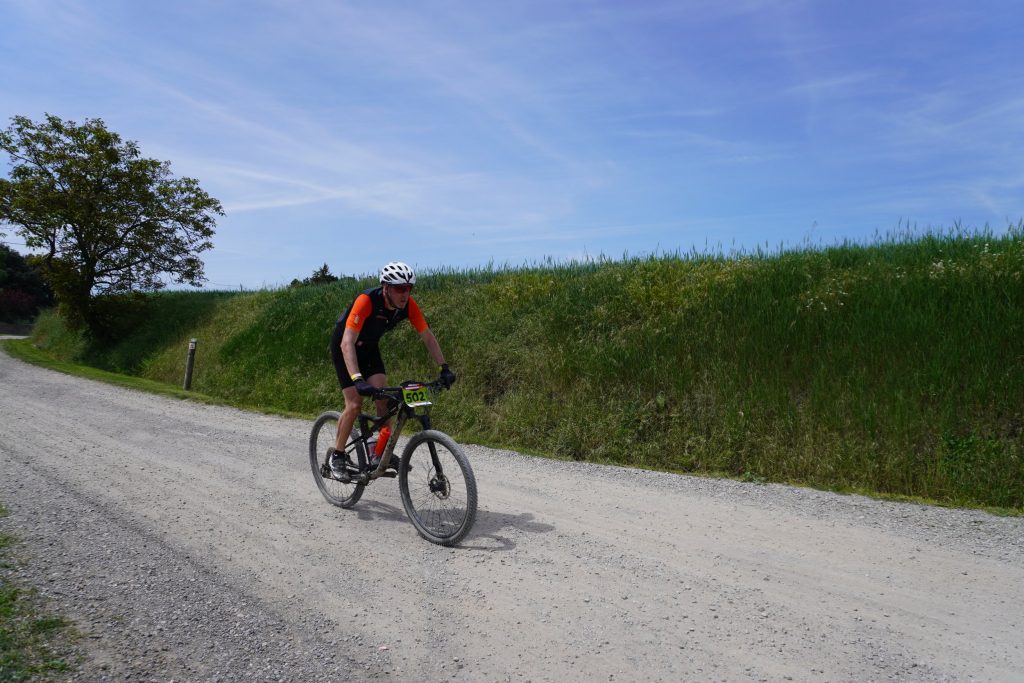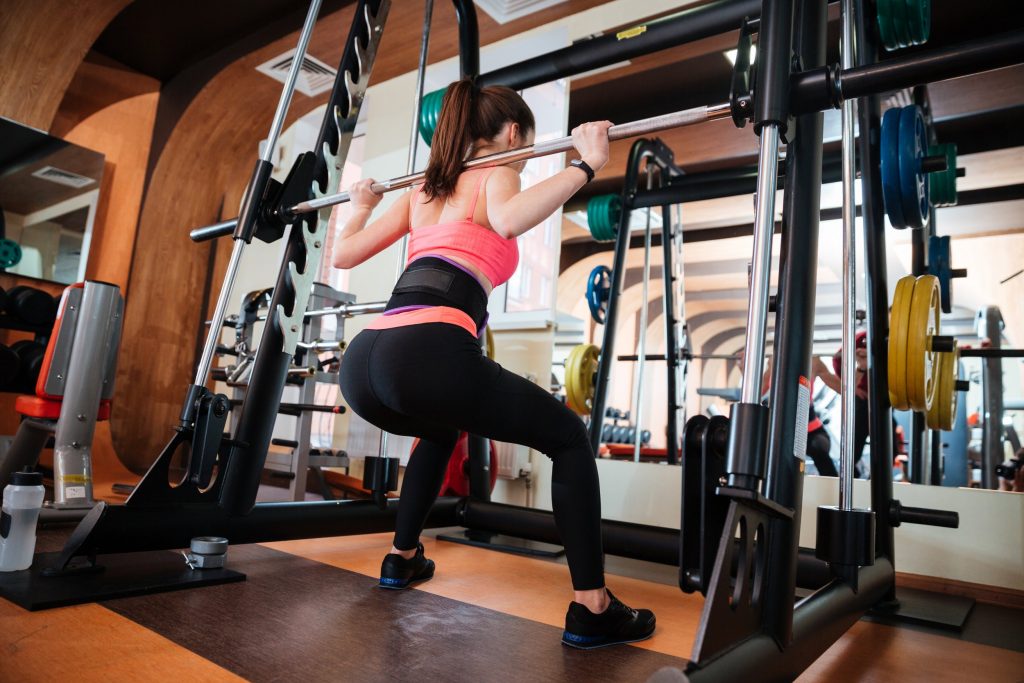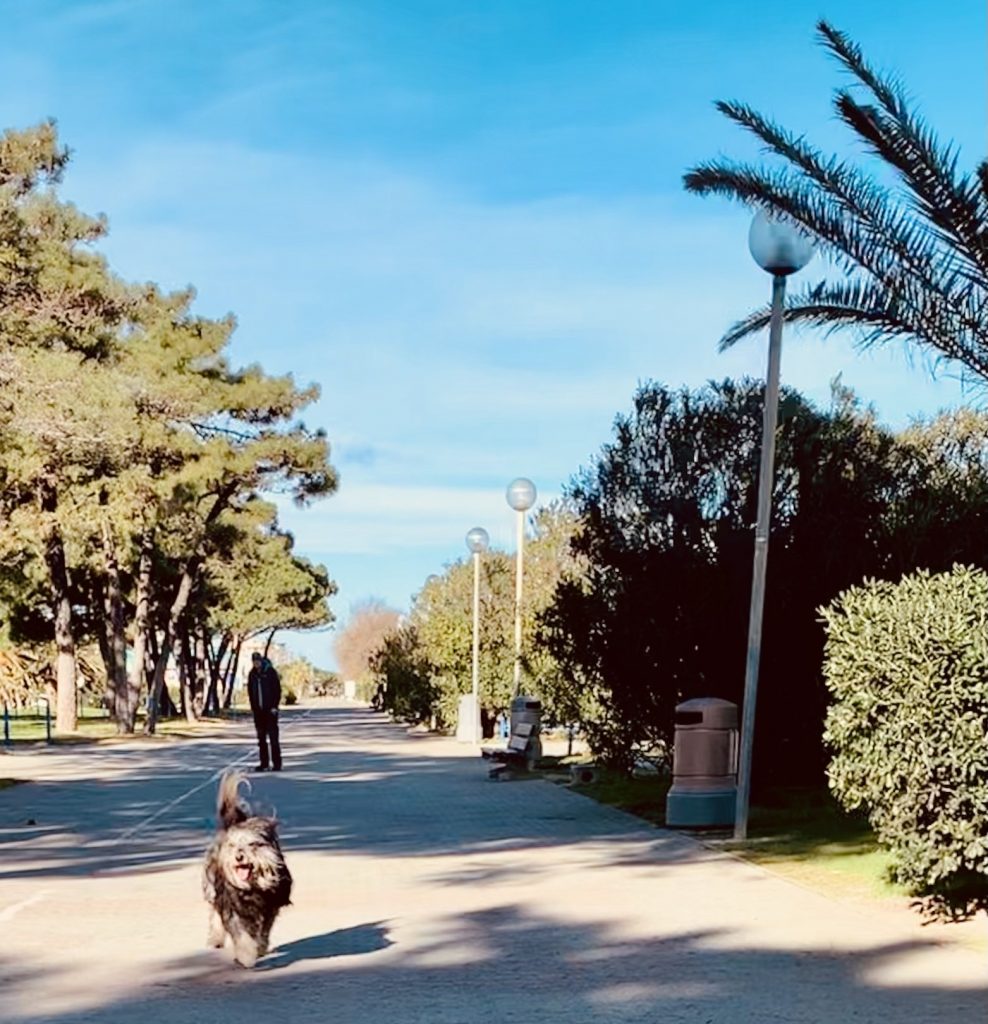10 Training Tips for the Older Endurance Athlete

There’s no doubt as we age our bodies change and the way we are able to train and how we react to it changes too. That doesn’t mean that we can’t still make fitness gains and race well. In fact it’s not all bad, there can be some distinct advantages to being older and wiser. Here are ten tips that I have found helpful in coaching older athletes to help them continue to reach their potential.
1. Train Hard
Contrary to what you might believe it is still possible and beneficial to train hard to optimise your VO2max and your Functional Threshold pace/power as you get into your 50’s, 60’s and beyond. Whilst your overall pace/power at these thresholds may be slower it’s still important to keep training these different systems to maintain fitness so long as there is no good health reason why you should not do so. These are the systems that get you fitter and faster and will help you remain competitive in whatever way that means to you.

2. Warm up Well
Having said that you should train hard, it is true that as we age our muscles lose their elasticity so it is important that you prepare your body and your muscles appropriately for the session you are about to do. Where you might have got away with a 10 minute jog before a track session in your 20’s you will now need to warm up well and appropriately for the session. I like to give my clients ladders which include something at around the intensity that you are going to do in the session. Here is an example of a warm up for a 2 by ten minute session at Lactate Threshold:
- 5 minutes easy warm up jog (zone 1)
- 5 minutes usual endurance hr (zone 2)
- 3 minutes at max 90 min pace (zone 3)
- 1 minute at Lactate Threshold/10km pace – (zone 4/5)
- 5 min easy jog.
3. Take Time to Recover
While our bodies seem able to train hard as we age, we do seem to need more time to allow the muscles to rebuild after a break down. So where you might have happily done three hard sessions a week in your hey day, you might need to consider doing less per week or extending your training microcycle to 10 days or more to give yourself sufficient time to recover from your hard workouts.
4. Eat Well
Just as our bodies need more time to recover as we age, they also seem to need a bit more help and nutrition to do so. Fuelling your days on jelly babies and snickers may not be the best solution to maximise your performance in training and racing. In particular getting in good quality protein to maximise your body’s ability to both recover and repair muscle damage seems to be more critical with age.
During longer events you may find that foods that worked when you were younger for fuelling no longer seem to work and you have to think carefully about your nutritional strategy. I like to use Jason Koop’s (Jason Koop, Training Essentials for Ultrarunning, 2nd ed; 2022) system of developing a list of ‘bull’s eye foods’ which you know will always work, followed by an ancillary list of foods that are similar and should work if the bull’s eye ones aren’t available.

5. Watch Your Weight
As we age we tend to need less energy, our muscle mass decreases and our fat mass increases. In addition to this hormonal changes including a decrease in testosterone for men and oestrogen and progesterone for women affect the amount of muscles that is produced and the way food is processed and where fat is stored.
As fat is less metabolically active than muscle our Base Metabolic Rate (MBR) decreases so we need less food just to live and as we are using less muscle when we exercise we burn less calories when we are physically active.
So while it’s important to eat well, it’s also important to keep an eye on our weight and reduce our intake as needed to stay a healthy weight.
6. Lift Heavy
From as early as our forties, but certainly into our fifties it becomes harder and harder for the body to build muscle. It’s therefore really important to maintain the muscle we have. The best way to maintain muscle is to do some strength training. Ideally this training involves sets of smaller amounts of reps with a heavier weight to induce the muscle adaptation we are looking for. Starting this kind of regime in your 40’s can help slow down this depletion. For cyclists in particular, this also adds some weight bearing exercises which can offset the reduction in calcium and the risk of osteoporosis by increasing bone mineral density

7. Have a Positive Mindset
It can be really easy to get caught up in the mindset that you are limited by age, that you should slow down and if you do want to slow down that’s fine. However, if you truly want to continue to enjoy training and being competitive it’s important to believe that this is possible. While it is clear that as we get into our fifties we do lose some speed, this does not mean that we are unable to enjoy our sporting disciplines and get both category and scratch podiums.

8. Mix it up a bit
Doing the same thing again and again over many many years can take its toll on joints and muscles so if you are wanting to continue doing a sport that you love, it can help to do so by mixing things up. At Endurance Bike and Run we of course love mixing up cycling and running and many of our clients of all ages do too. Making some aerobic fitness gains on the bike rather than all through running can really help preserve your joints and mean that on lighter days they get a bit of a break. Equally, sprinkling some running sessions into your cycling training can help get you out of that hunched over position and open up your chest and shoulders, as well as giving your hamstrings a bit of a stretch.

9. Sleep Well
One of the best things to promote recovery is sleep as it’s during this time that most of the cell repair occurs, especially during stage four (REM) sleep. If you are not getting enough sleep for whatever reason you are compromising this recovery process and, as with most things you will get away with this less in your 50’s than you did in your 20’s.
Unfortunately there is a general tendency as we age to experience more disrupted sleep for several reasons:
- We find it harder to fall asleep
- We tend to get less deep dreamless sleep.
- We tend to wake up more during the night, particularly, but not exclusively because we tend to have more general aches and pains.
Practising a healthy sleep routine can be a good way to maintain your fitness and optimise your performance as you age. For more information you can read my article on sleep here.
10. Use your experience to get the competitive edge
Whilst there is no escaping the fact that as we age we get slower, as we age we also gain more wisdom and experience. In bike racing in particular where tactics can be key this can help you remain very competitive (not to mention the fact that the youngsters in the field may simply dismiss you because of your grey hairs). Certainly in longer races, starting off slower can be a big advantage as it is actually the best pacing strategy to adopt.
As an older athlete we can draw on our past experiences to see the bigger picture, accept life as it is, we’ve learned how to better manage life stress and how to be more adaptable. It’s this adaptability that helps us train frequently and not to overdo things. The biggest challenge for keen endurance athletes is often not over-doing it, as we age this can also be the case but more and more with years of experience we can learn to listen to our body and be accepting of what it can give us on any given day.
Often the biggest advantage we have is time, not so many childcare issues, less or no work commitments give us more time to train well and recover well.
Additional Questions
What if I have an underlying health condition?
If you have a health condition always follow the advice of your health specialist or GP. That being said it is worth seeking the advice of a medical professional who is familiar with treating athletes.
What if I want to start as a masters athlete?
Starting endurance sport is as equally possible in your 50’s and 60’s as it is in your 20’s and you will have the added advantage of not nursing the over-use injuries/weakness of your fellow competitors who may have many years of competition behind them. If you follow the advice in this article and seek out advice specifically for your circumstances you can look forward to a brand new and very rewarding venture.
June 29, 2022

Comments